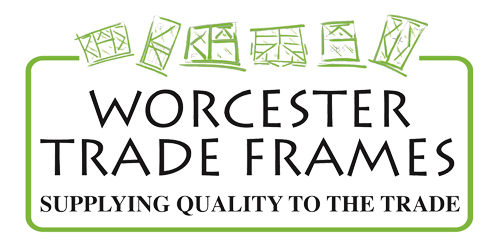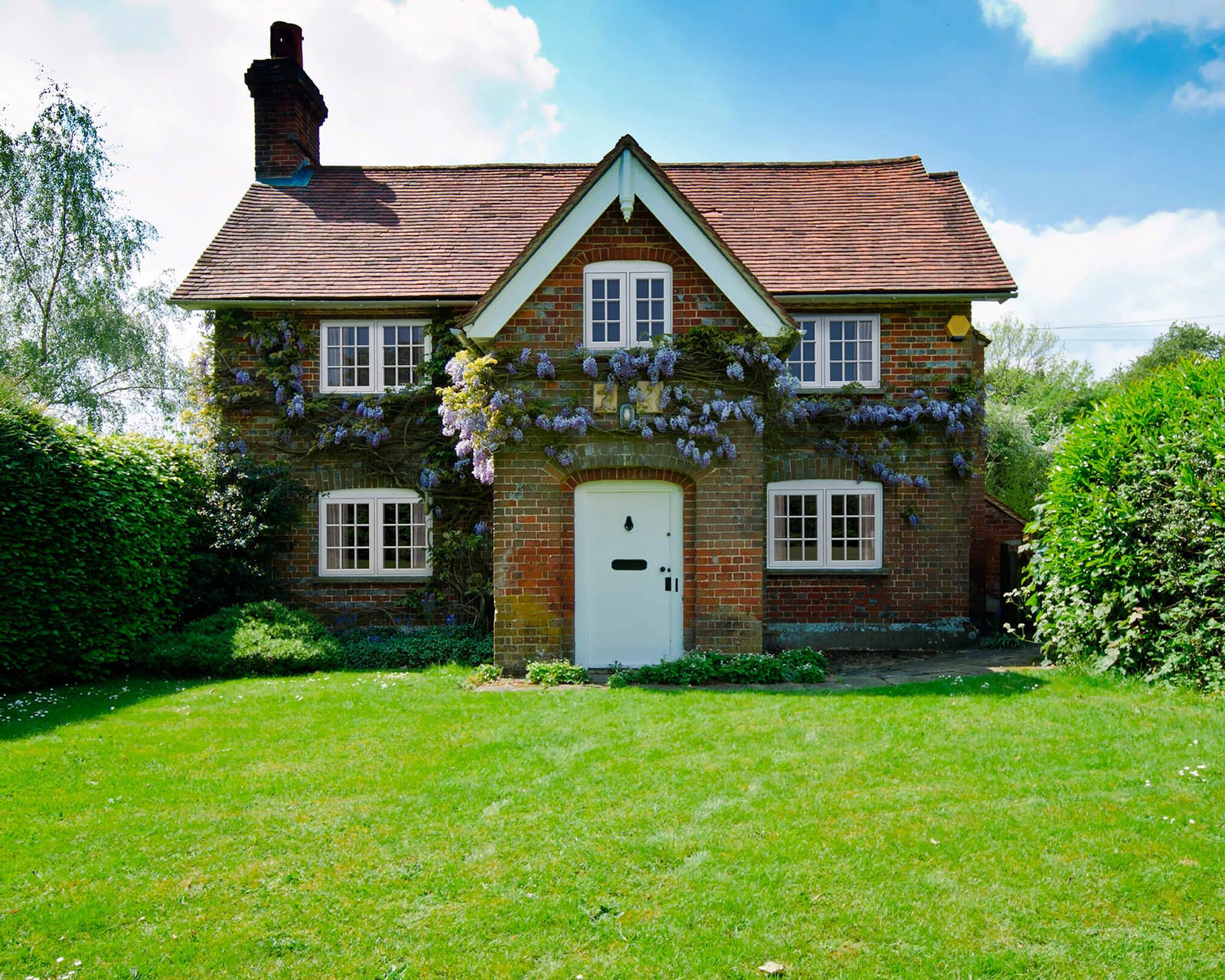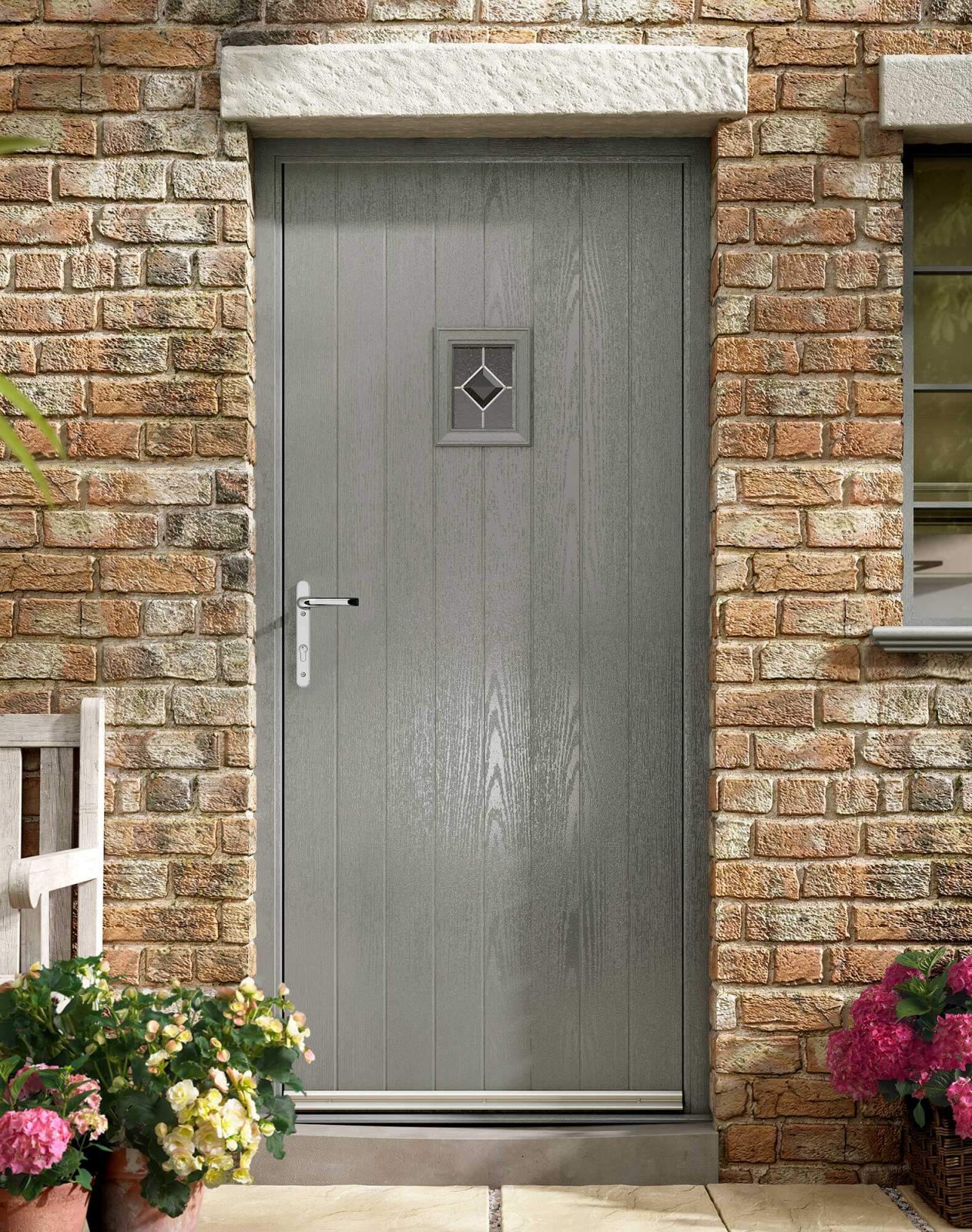Conservatory Planning Permissions: What Your Customers Need To Know
At Worcester Trade Frames, we understand that dealing with the intricacies of conservatory installations can be challenging, not just in the actual building process, but also when it comes to obtaining planning permissions. For our B2B partners in the home improvement industry, staying up-to-date with these legal details is crucial for providing a seamless service to your customers and avoiding any costly delays or compliance issues.
In this article, we’re going to break down the key points about conservatory planning permissions in the UK, so you can confidently guide your clients and make your project processes more efficient.
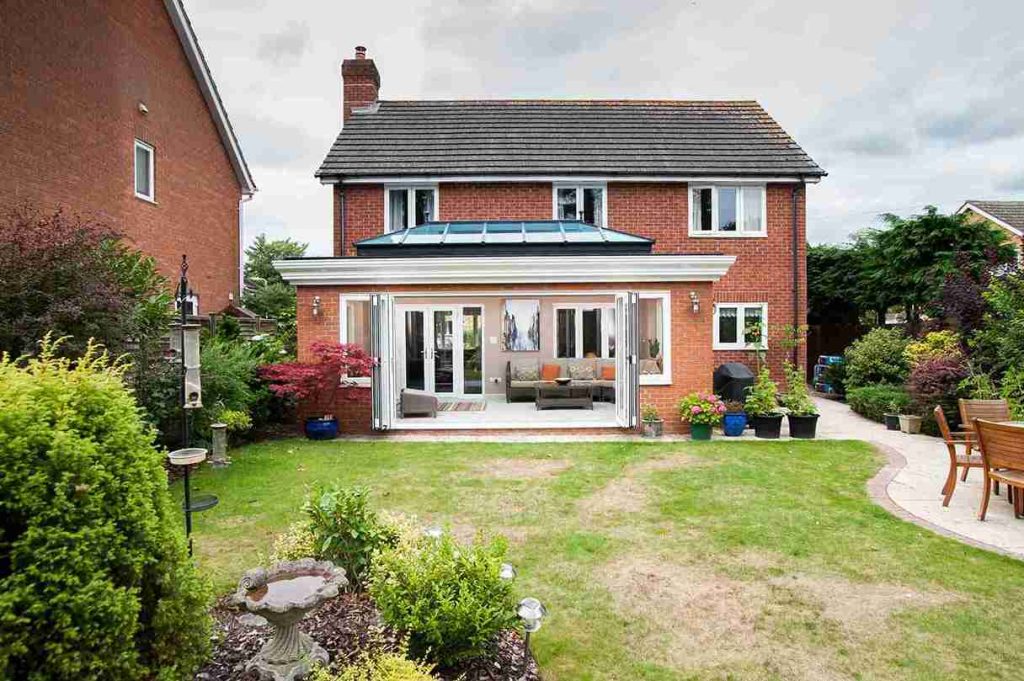
Understanding When Conservatory Planning Permission Is Required
The good news for most conservatory projects is that you often don’t need planning permission. Conservatories usually fall under permitted development rights, which means homeowners can add one to their property without needing formal approval, as long as they meet certain conditions.
That said, there are some important exceptions that your customers should be aware of. For instance, permitted development rights might not apply if the property is a listed building, situated in a conservation area, or located within a national park or Area of Outstanding Natural Beauty. Additionally, if the house is a flat or a maisonette, different rules may apply.
As a trade professional, it’s extremely important to verify whether your customer’s property qualifies for permitted development before proceeding. If not, the project could run into enforcement issues, which might lead to costly removals or changes.
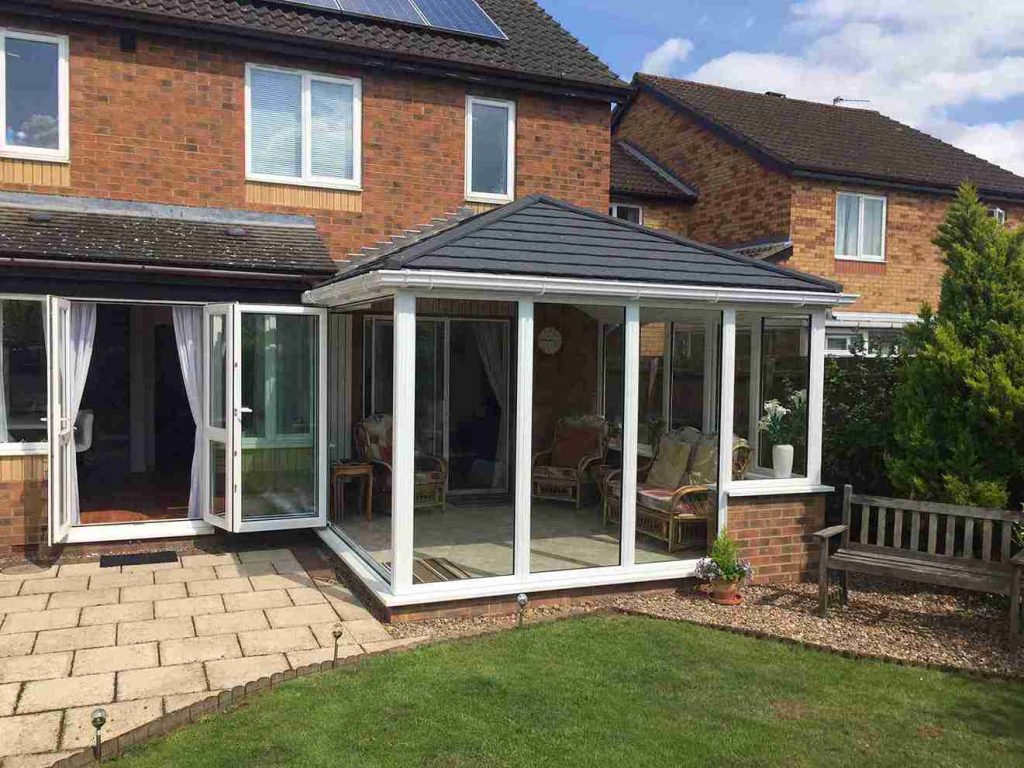
Key Criteria For Permitted Development
When considering a conservatory project under permitted development rights, size and location are key factors.
- Size – For an attached house, the conservatory usually can’t extend more than 3 meters beyond the rear wall of the original house, while for a detached house, that limit goes up to 4 meters. Plus, the height should stay under 4 meters, and the conservatory shouldn’t take up more than half of the land area around the original house.
- Roof design and materials – If the conservatory features a solid tile or slate roof, it might not qualify as a conservatory under permitted development rights, which means you could need planning permission.
- Building regulation approval – It’s crucial to understand that planning permission and building regulations approval are separate factors. Even if a conservatory doesn’t require planning permission, it still has to meet building regulations.
These regulations address important factors like structural safety, insulation, ventilation, and electrical installations. If the conservatory is intended to be a living space, heated and insulated year-round, it typically needs to comply with these standards. This is something your team should always keep in mind when putting together proposals, ensuring that the conservatories are safe, comfortable, and compliant with all relevant codes. Your clients will appreciate clear guidance on these rules, and by helping them navigate this assessment phase, you’ll establish yourself as a reliable expert.
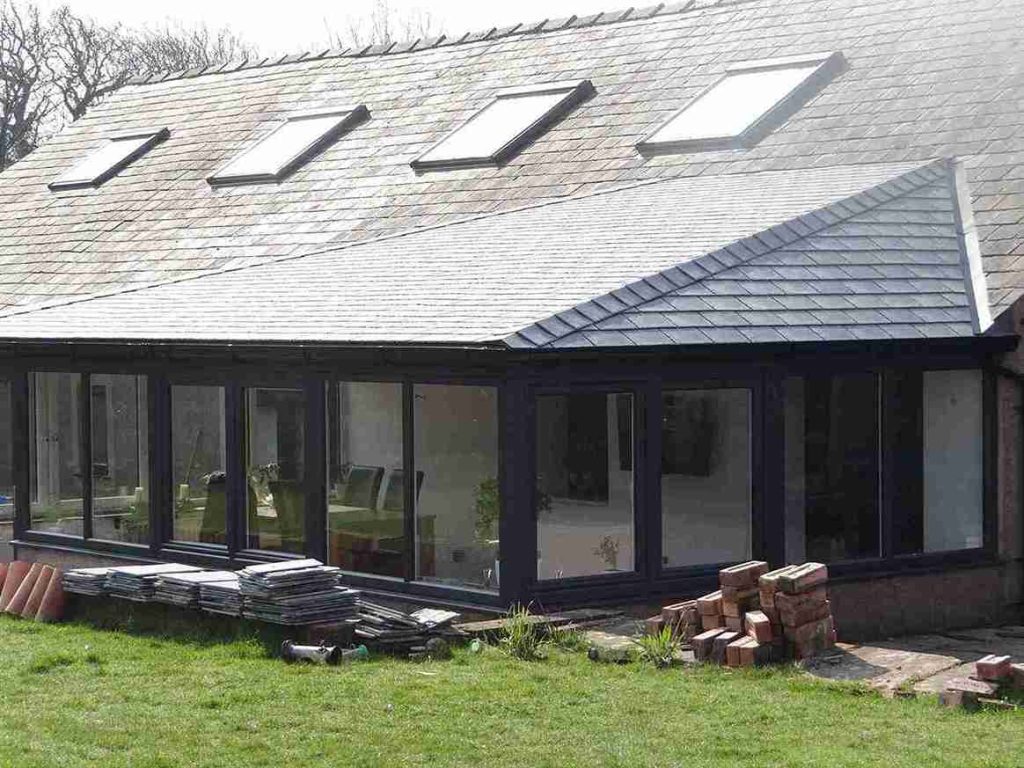
Offering Customers Expert Guidance
In your role within the supply and installation chain, it’s essential to help customers grasp not just the aesthetic and functional options available, but also the legal aspects involved. Encouraging them to consult their local planning authority can be a vital step, particularly in those situations that fall on the borderline.
On the other hand, you can offer significant support by evaluating the site ahead of time, assisting in gathering the necessary paperwork, and facilitating conversations with planners as needed. This proactive strategy can help minimise project risks and foster trust with your customers.
Additionally, understanding local planning trends and policies will put you in a better position to anticipate potential challenges. For instance, local councils may have stricter regulations or specific forms that need to be filled out, so staying up-to-date ensures that your customers are well-informed and that projects stay on track.

Enhance Your Conservatory Offering with Worcester Trade Frames
At Worcester Trade Frames, we take pride in collaborating with trade professionals who seek high-performance, compliant, and visually appealing glazing solutions. Our conservatory doors and frames not only elevate the aesthetic of any space but are also crafted to meet stringent standards for security and energy efficiency.
If you’re looking to add value for your customers with products that align with current regulations and modern preferences, reach out to our team. We offer expert advice, quick quotes, and customised solutions designed specifically for trade installers.
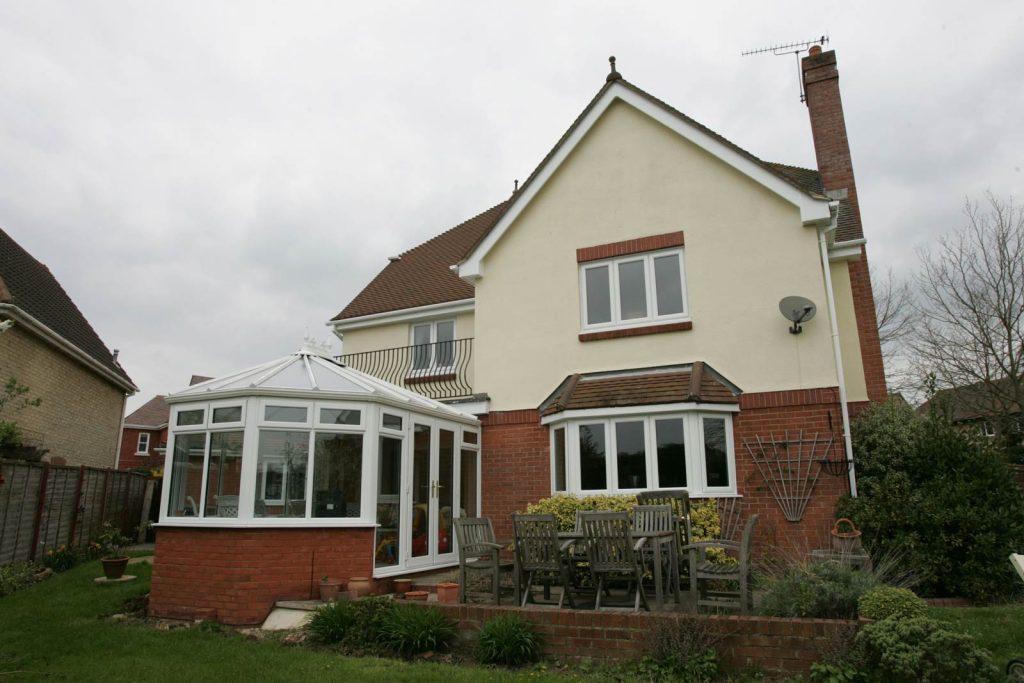
Next Steps for Trade Installers
If you’re looking to broaden your conservatory installation services or just want to brush up on the latest planning permission requirements, now’s the perfect time to dive in. Grasping the finer details of what your customers really need can set your business apart and help you avoid any potential issues with planning or building compliance.
Contact our expert team at Worcester Trade Frames today to learn more about our conservatory products or to request a personalised quote using our online quoting tool. Our knowledgeable team is here to support you throughout your projects, every step of the way.
Categories: Updates
